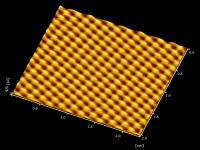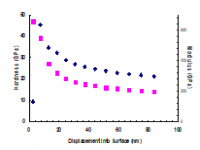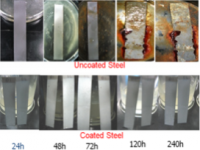Biomaterials
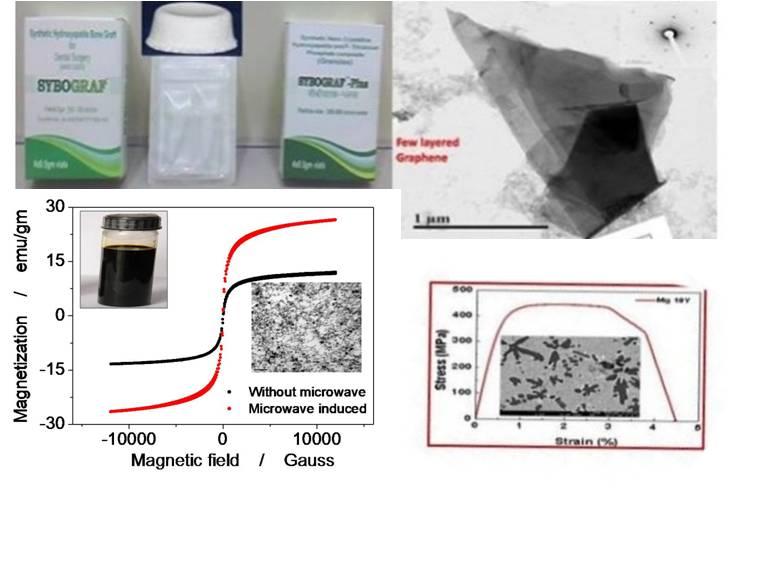
Scientists work on biomaterials: (a)nanosized hydroxyapatite/β Tri calcium phosphate for orthopedic and orthodontic applications and (b) nanosized iron oxides as MRI contrast enhancers and Magnetic Hyperthermia for killing of cancer cells. We have more than 75 publications in biomimetic synthesis , have transferred about 7 and commercialized 2 technologies. Work has also been initiated on exfoliation of graphene using proteins.
Porous nanomaterials
Group is working on synthesis and surface chemistry of porous materials with different shapes and sizes as adsorbents and catalysts for environmental remedies and green energy.
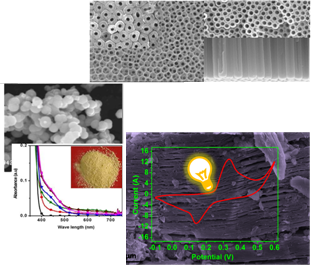
Production by sol-gel, hydrothermal and anodisation techniques. In the area of environmental remedies different porous materials like pillared clay, LDH and TiO2 based mixed oxides as adsorbent and photocatalyst has been explored with improved efficiency. Uniform sized 1D TiO2 and Al2O3 nanotubes have been developed with tunable length, diameter and bandgap for multifunctional application. Presently the group is looking towards exploring other 2D materials such as MXenes for hydrogen generation.
Energy materials
We attempt to understand the fundamentals of charge storage mechanisms, and to overcome the technological barriers in developing next-generation electrical storage systems like “supercapacitors” and “batteries”. We are working with graphene, carbon nanotubes, MXenes, transition metal oxides etc. to develop both the cathodes and anodes for high performing energy storage devices.

